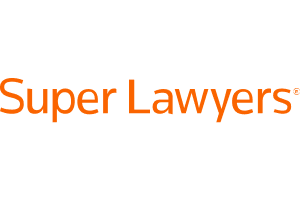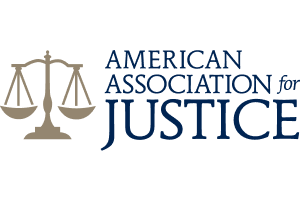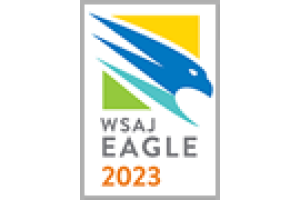Powerline Injury & Death Claims

Powerlines are part of the backdrop of modern life and cross overhead through our parks, schools, and playgrounds almost unnoticed by the general public. However, when powerlines are not properly designed, maintained, or operated by an electric utility company and applicable electrical safety codes are not followed, powerlines can quickly become deadly. Like a speed limit sign on the side of the road, electric power companies are required to follow specific industry safety rules to ensure the safety of the public.
In the Northwest, falling limbs or trees in wind storms can bring down powerlines and deaths or serious electrical burns may result from inadvertent contact with live power lines. The public is not always aware of the presence of downed powerlines because of darkness, weather conditions, or the powerline may come into contact with other conductive structures like fences or buildings that can transmit the high voltage power great distances.
Improper Powerline Grounding
Applicable electrical safety codes, including the National Electrical Safety Code (NESC), require proper grounding of power utility company equipment to ensure prompt operation of protection devices to turn off the power to a downed powerline. An electrode or grounding rod or plate at the base of a power pole provides a critical path for fault current from a downed power line to travel back to the electric company’s utility neutral so that fault protection devices will switch off the power flowing to the downed power line. When the systems work properly, the live power going to a downed power line will turn off in seconds or a fraction of a second, avoiding serious deaths or injuries to the public in the area. When the systems do not work properly, however, it may result in serious injuries or deaths to people making inadvertent contact with the power lines.
If you or a loved one is injured or killed from a live downed power line that did not terminate after falling to the ground, it is important to contact an attorney with substantial experience with powerline and electrical utility cases that can promptly investigate the facts and circumstances surrounding the incident. Power systems are designed to trigger fault protection devices when powerlines fall to the ground and if the power did not terminate a careful investigation is necessary to determine the reason why the power protection devices did not operate properly.
Did the power company properly install grounds in the area? Are there sufficient grounds in the area? Are the grounding electrodes the proper length? Why didn’t the power terminate when the powerline fell to the ground? Did the powerline fall on dry pavement? What was the resistance of the ground in the area? The failure of the power to terminate may be due to improper grounding of electrical equipment by the utility company, improper inspection of cut ground wires in the area, ground rods that are too small, or many other factors that require careful investigation by an experienced attorney and electrical utility engineer.
If you or a loved one were seriously injured or killed by a downed power line, you deserve an explanation as to why the power did not terminate as intended and what factors played a role in the incident. We can help you find answers and seek accountability and compensation when the power utility fails to satisfy its legal obligation to protect the public from unnecessary injuries and deaths.
Improper Powerline Clearance to Buildings, Streets, and Water.
If you are a loved one was injured or killed due to contact with an overhead powerline, a careful investigation should take place to determine whether the power company violated any of the clearance requirements of the NESC. The NESC provides a number of safety rules that impose clearance requirements between electric powerlines, electric equipment, and other structures like bridges, buildings, signs, and roads.
For example, the NESC requires a minimum vertical distance of 18.5 feet from the surface of the road to the powerline above (NESC Table 232-1). The vertical clearance between the top of buildings and powerlines must be at least 12.5 feet (NESC Table 234-1). The NESC also requires that powerlines be at least 36 feet over waterways. Moreover, electric companies are required to maintain a horizontal distance of at least 7.5 feet between buildings and distribution lines (NESC Table 234-1). The precise clearance requirements may depend on when the line or structure was installed and the code in place at the time of the installation.
Improper Marking of Overhead Powerlines for Aircraft
There are approximately 66 aircraft strikes with powerlines each year in the United States. About thirty-percent (30%) of these strikes result in fatalities. Any construction of overhead powerlines exceeding 200-feet above ground level requires the installation of lights on the obstruction under Federal Aviation Administration (FAA) safety rules. Any failure or malfunction of lighting that lasts more than 30 minutes affecting a top light or flashing obstruction light should be reported immediately to the appropriate flight service station so that pilots can be warned.
When an aircraft makes contact with a powerline and a crash occurs, a careful investigation needs to take place to determine the FAA requirements in place at the time of the incident and whether the power company or other utility was in compliance with FAA rules concerning proper marking of the powerlines.
Free Case Evaluation
Our personal injury trial attorneys have experience with powerline cases and have the resources necessary to properly investigate and prosecute claims against large electric power companies for failure to properly ground electrical equipment or other actions that lead to electrical injuries and deaths. Contact us today for a free case evaluations and the answers you deserve.







